Preferred Returns & Why They Should Be Mandatory for YOU
In a recent article I spoke about the pro’s and cons of investing passively vs actively. One of the pro’s to passive investing that I didn’t mention was the beautiful preferred return. This article will outline what a preferred return is and why you should only invest in syndication deals that offer it.
explanation of terms
PReferred Return
Also known as the “pref” return, is a minimum return threshold that LP’s must receive before the GP can receive any profits. This is usually expressed as a return percentage per year, typically 6 to 8 percent per year.
Passive investors
Also known as limited partners (LP’s), don’t participate in the day-to-day operations, they simply invest money into specific deals with the sponsors / operators of their choice.
active investors
Also known as general partners (GP’s), are the partners who run the day-to-day operations of the investment. They are also commonly called sponsors, operators, or syndicators.
How the preferred return is paid out
Once again, the “pref” is a return hurdle that simply assures the investors are the first in line to receive returns. We structure all of our investments with a preferred return to the LP’s ranging from 6 to 8 percent per year depending on the details of the deal. As a GP, we don’t get to participate in profits until we exceed that minimum return threshold.
Every syndicator structures their payouts differently, but for sake of example I’ll explain how we distribute funds. We distribute profits at the end of each operating quarter, which means if our pref return is 8% annually, our minimum return threshold each quarter would be 2%.
If our investors have contributed $1,000,000 in capital to the project, we would need to distribute at least $80,0000 (8%) over the course of the year, which would break down to $20,000 per quarter. Which means if the deal only returns $80,000 for the year, the investors (LP’s) would take those profits and the GP wouldn’t make anything.
LP’s are compensated a minimum return because they have fulfilled their role in supplying the capital. GP’s earn their return by managing the investment profitably enough to surpass the baseline pref return. In this model, if the GP doesn’t make sure the property is profitable, then they don’t participate in profits.
why should you always require a preferred return?
In the example above, the GP makes money by assuring that YOU as the LP have made a return on your investment. If the deal was structured without a preferred return, the GP would be compensated for managing the property, even if the returns to investors (LP’s) was low. In other words the GP would be getting paid whether they performed or not.
As the lead sponsor on all of our deals, I use the preferred return to align myself with investors. This helps me show that I’m not only confident that we can achieve their preferred return but exceed that percentage. If I wasn’t confident in that, I wouldn’t commit to putting all the time and effort into the deal because I’d be committing to work for free. This works to instill confidence and alignment with my passive investors.
My goal is to not only meet the preferred return hurdle to my investors, but exceed it for them.
If we offer a preferred return of 6% but we’re able to run the deal profitably enough to provide 9% cash flow returns, those investors will continue to reinvest, refer other investors, and make my life easier each and every deal.
Conclusion
You want to make sure your money is being put to work and that you are being paid first in the waterfall structure. This secures your investment and moves you closer to accomplishing the goals you have with your passive investments.
Interested in investing or have more questions?
reach out anytime!
Click the button below to schedule a call or ask any questions.


